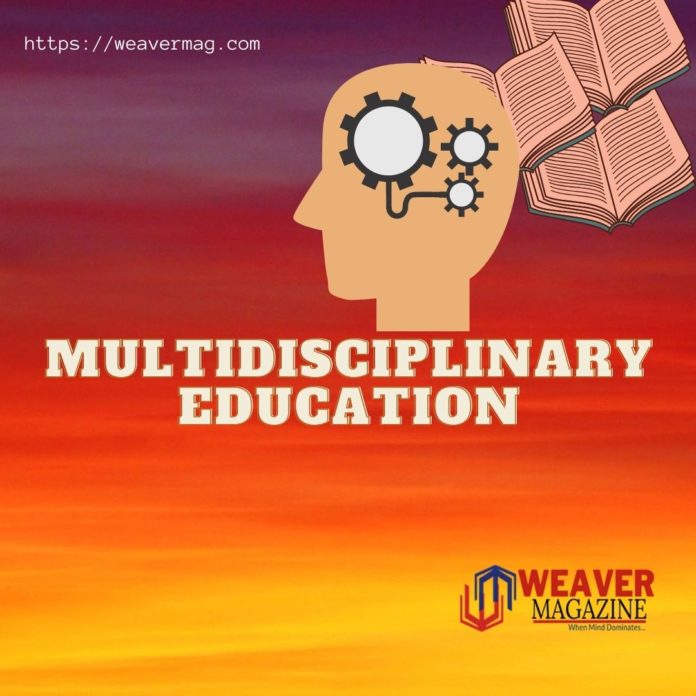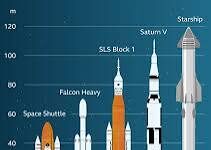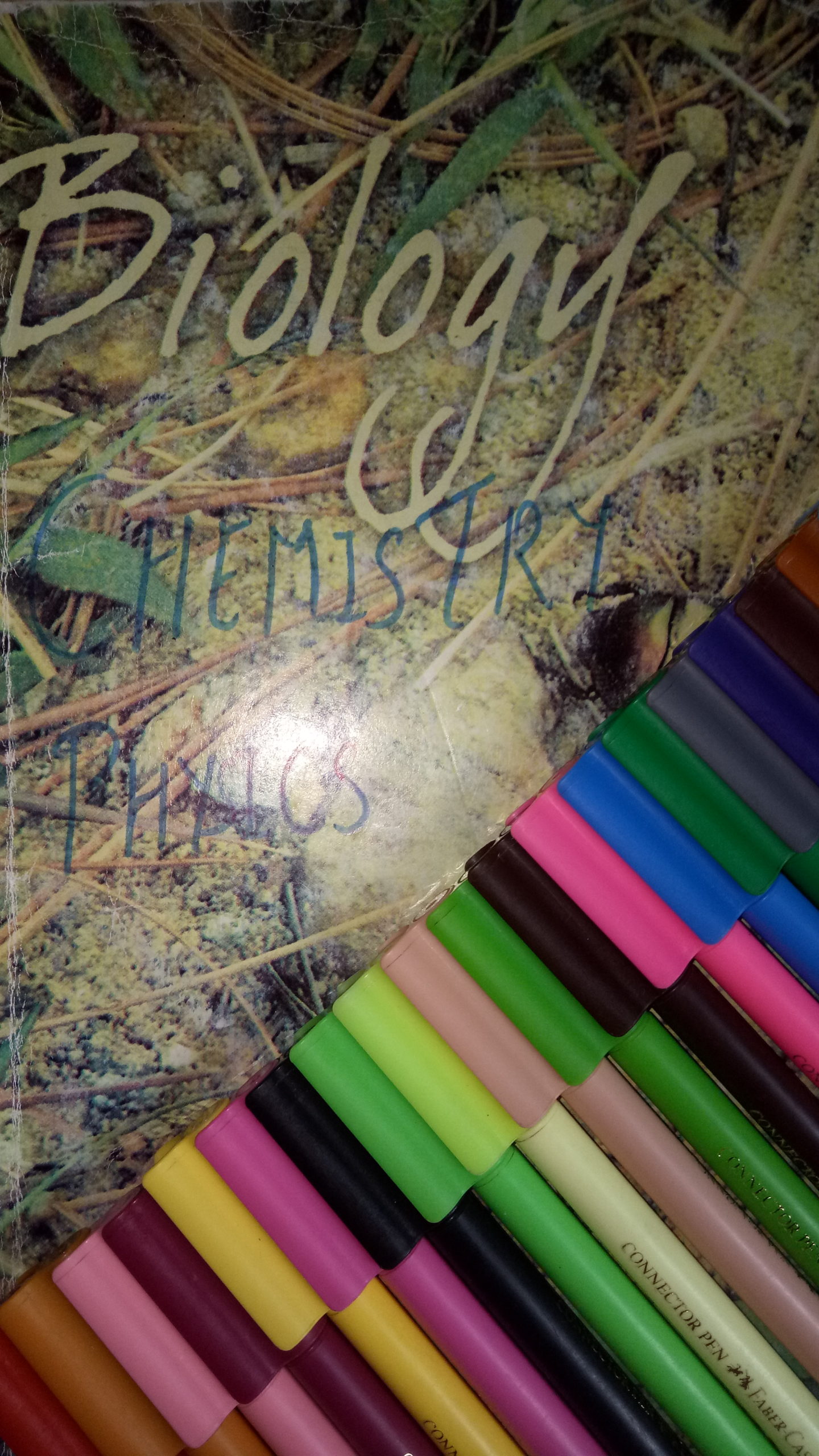With a conventional mindset that worries about stability, most Indian parents have for long insisted that their children must choose to be admitted to professional courses; viewing it as a definite gateway to enter and establish themselves in today’s brutally competitive world. However, students whose aspirations are nipped right in the bud later turn out into halfhearted professionals and are observed to be woefully short of the quality required by the industries and exhibit lackluster skills.
An education system which expects rote learning from students rather than conceptual understanding along with the rampant prevalence of ‘rigid’seperation in streams and one stream always held up on a pedestal, results in a student never fully prepared for having an original thought process or not ready to find a solution to the complex problems of the today’s world.
The pandemic that the world is battling with today and its reverberations have again demonstrated that complex problems like the search for a vaccine, struggling economies etc.would need solutions that are taken with a modern outlook and with consideration of many fields like economics, science, psychology and human behavior as a whole. There is a need to understand how these disciplines interact with each other and results this would have on social trends and the human race.
Taking all of this into account, New Education Policy has rightly stressed upon the need to move towards multidisciplinary education.
DEFINING MULTIDISCIPLINARY EDUCATION-
The International Bureau of Education defines multidisciplinary education as studying a topic from the viewpoint of more than one discipline. (Klaassen, 2018).
India has had an extensive tradition of multidisciplinary education, in forms of universities like Takshasheela and Nalanda and exactly that is the need of the hour in the 21st century.
WHAT DOES MULTIDISCIPLINARY EDUCATION ENTAIL?
Integration of arts, such as singing and painting, scientific fields, such as chemistry and mathematics, vocational fields such as carpentry, professional fields, such as medicine and engineering, as well as soft skills such as communication, discussion and debate could be instrumental in increasing creativity and innovation, critical thinking, problem solving abilities and also proves crucial to develop intellectual, social, psychological, emotional and aesthetic aspects of an individual. This system also honors the hobbies and passions of students, granting them creative satisfaction.
ROADMAP FOR A HOLISTIC FUTURE-
Along with the introduction of holistic study in the secondary stage of school going children aiming for greater choice of subjects and greater attention to ‘life aspirations’ which fits as a stepping stone, the policy proposes creative combinations of subjects to be offered as curriculum in the higher education. Established multidisciplinary institutions would have autonomy in setting up curricula leading to novel programmes with emphasis on skills like communication, debate etc. and also in a design of industry linked curriculum. Policy also envisages that engineering institutes like IITs will also move towards holistic education with arts and humanities being offered, and vice versa. To realize this vision, departments of languages, literature, art, dance, education, economics, applied and pure sciences, translation and interpretation would be established in all Higher Education Institutions (HEI).If a student desires to study a subject not offered at his HEI, he can also complete it through ODL mode and also obtain its credits granted for the Bachelor’s degree programme as usual.
REDESIGNING OF UNDERGRADUATE PROGRAMMES-
A four year undergraduate programme would be designed with multiple exit points, with appropriate certifications granted at each stage. This will enable students to expand their horizons, pick and choose subjects and most importantly, it would boost up lifelong learning and keep students who have dropped off due to inevitable conditions or other factors in the loop for further education and employment. The student can attain a certificate after completing a year in the course, a diploma after two years and a Bachelor’s degree after three years; however a four year course would provide a full range holistic experience to the student. Establishment of Academic Bank of Credit would enable digital storage of academic credits earned from various HEIs.
INTEGRATION OF RESEARCH IN ACADEMIC PROGRAMMES-
If a student completes rigorous research in their Bachelor’s programme, he might be endowed with “Degree with research.”It also envisions a radical change in the Masters programme with second year entirely devoted for research for those who have completed three year undergraduation.Students who have completed four year bachelor’s programme with research need to complete only one year of Master’s program.Integrated five your courses also considerably increase efficiency of students and encourage more research.Model public universities for multidisciplinary education at par with IIT and IIMs known as MERUs would be set up,to attain highest global standards in quality multidisciplinary education and also form strong bedrocks for fostering multidisciplinary research.
Multidisciplinary research is driven by the various complex problems of the world which require examination from perspectives of multiple disciplines and curiosity in the human race to understand the elements and forces in nature and society.
The policy also has three designs in place for a UG institutions,Type one focusing on world class research and high quality training,Type two emphasizing on highest quality teaching across disciplines with important contributions to research and the third one which focuses on high quality teaching at the UG level.Thus,the multidisciplinary approach towards research is strongly asserted in these provisions of the policy.
This research culture would be propagated by setting up start up incubation centers, technological development centers and also be aided by greater industry academic linkages. HEIs are also expected to lead in undertaking research in areas of infectious diseases, epidemiology in the wake of pandemics like the one the world is grappling with now.
IMPETUS TO ALL ROUND DEVELOPMENT-
It is almost impossible to overstress upon the extreme impact of value systems on a person’s career and eventually his life. Hence, to help instill those values in all students, curricula of HEIs should include courses and projects in the areas of community engagement and service and value based education.
Also acknowledging paramount importance of environmental education in today’s day and age, HEIs should design courses in areas like climate change, pollution, waste management and sustainable development, thus creating a generation who can devise solutions about the composite issues and also take concrete steps to protect the environment.
IMPROVING EMPLOYABILITY-
With remarkable pace of change in employability patterns seen all over the world and sweeping demographics, a dynamic environment has been created in which obsolescence is always round the corner.
Indian employment breed faces a dichotomy with compartmentalized skillsets wherein unemployment seems to be on the rise due to lack of skill based education. Employers have always pointed out poor core competencies, lack of pragmatic knowledge and the inability of applying knowledge or skills in real world settings in candidates and demanded all round grooming of an individual. However, the multidisciplinarian students always stand out because of the wide range of perspective they possess in addressing any issue and combination of subject areas that could offer more flexible job profiles. A student having a holistic approach is adaptable according to requirement of the organization and is seen to be versatile and articulate.
A study by ‘Burning Glass’,a job market analysis company,after analysis of 25 million job postings has reported that the essential or baseline skills that employers are demanding across a wide range of jobs are communication,writing,customer service,organizational skills and problem solving,all fulfilled by holistic education. Thus, with the era of globalization and the cross board scenarios faced by the world today, multidisciplinary skills are the demand of today’s corporate world.
CHALLENGES FOR MULTIDISCIPLINARY APPROACH-
The toughest challenge to overcome would be the compartmentalized mindset deeply entrenched in the ethos of Indian education system and also to abolish the divine feeling attached only to a particular stream out of the three.
Also, if the hard and fast boundaries around subjects have to be removed, the curriculum itself has to be theme based and integrated.It would take a revolution in mindset to move away from MCQs with one right answer and should move towards more opportunities to assess problem solving capabilities of a student.
The constructed timetables need to be fluid and should give the student a chance to explore the topic of interest by reading, researching or discussing it deeply.
The study material needs to be revised and textbooks need to be redesigned to contain the essential core material with discussion, analysis, examples and applications. For instance, Environmental studies textbook needs to provide scope for capabilities like survey, observation, data collection, analysis, reasoning etc.
But, the most pertinent area that needs attention is training of teachers with multidisciplinary perspectives.
Thus, multidisciplinary approach towards education will surely bring about a paradigm shift in the skillset, all round development and employability of students and will help them cope up with the challenges that the future holds, and will be an assuring step towards the goal of making India the “knowledge superpower” and towards building a robust India.
By Rujuta Sameer Joshi













Very nice
Superb Rutuja didi!👌👌 Well explained the facts of the education system in India! And the new education policy 2020 will definitely change this aspect to make us “aatmnirbhar”.👍👍
Totally liable and helpful for India as a super power
Nice one.. this system of education will definitely lead to overall development of the country.. 👍👏
Good one
Ya surely this system of education will definitely lead to overall development of the country 💯💯👍
Nice👌👌
Well explained 💯💯🔥
Nice one
Nice one👏👌
It’s really nice ✌🏻
Nice one👍
Very informative & nice written 👌👍
Absolute…💯💯🙌🏽👏🏽
Very nice!!
Superb😍
The Perfect One!!👍🏼👍🏼👍🏼
Nice one👏👏